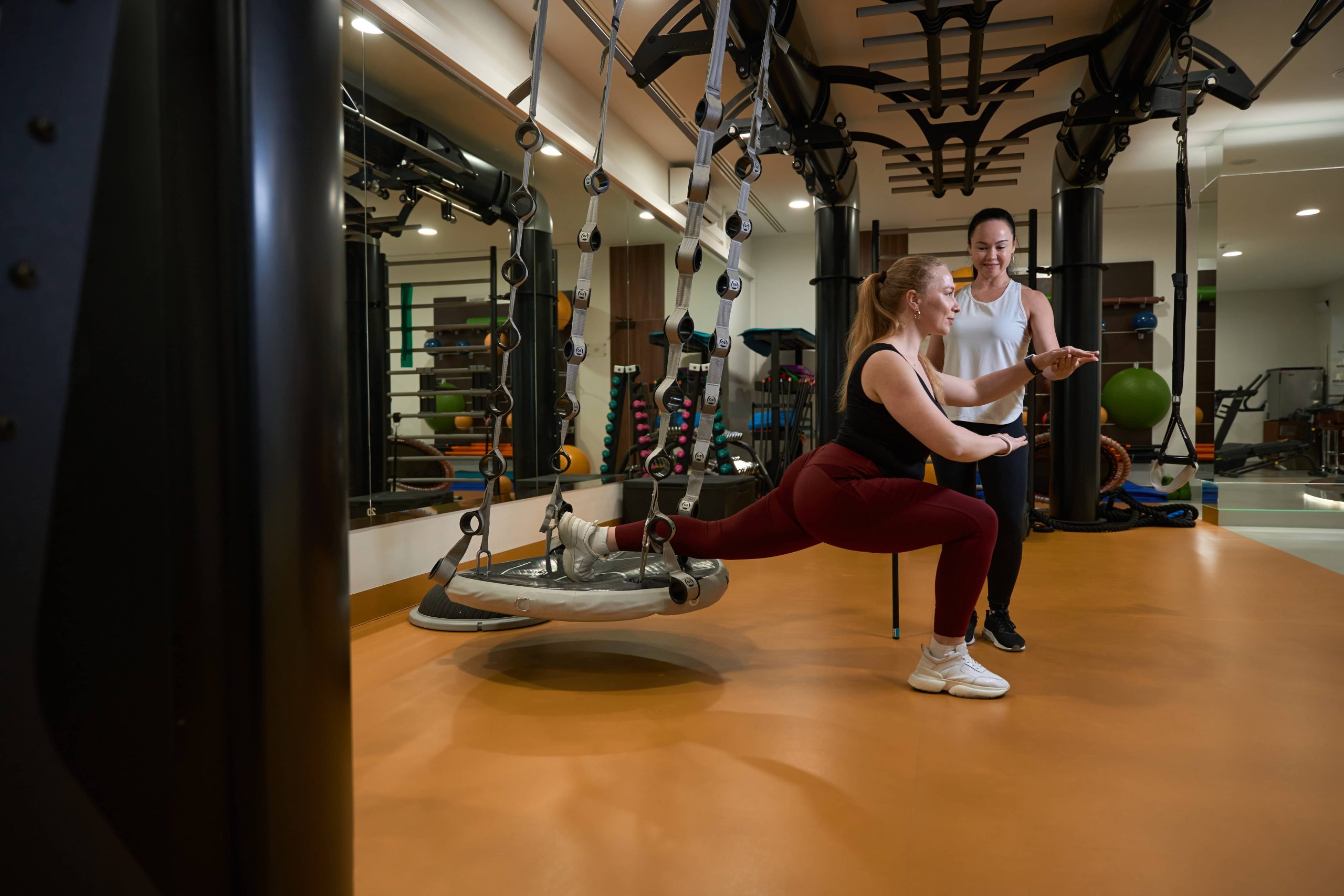
In today’s fast-paced world, where technology often encourages a sedentary lifestyle, the importance of movement cannot be overstated. Movement is not just a physical activity; it is a fundamental aspect of human life that influences our physical, mental, and emotional well-being. As a health blogger focused on fitness, I am excited to delve into the profound impact that movement has on our lives.
The Physical Benefits of Movement
Movement is the cornerstone of physical health. Regular physical activity helps maintain a healthy weight, reduces the risk of chronic diseases, and improves cardiovascular health. Engaging in activities such as walking, running, cycling, or swimming strengthens the heart, improves circulation, and enhances lung capacity. These activities also help in maintaining healthy blood pressure and cholesterol levels.
Moreover, movement plays a crucial role in building and maintaining muscle mass and bone density. Weight-bearing exercises, such as resistance training, are particularly effective in preventing osteoporosis and sarcopenia, conditions that are common as we age. By incorporating strength training into our routines, we can ensure that our bodies remain strong and resilient.
Flexibility and balance are other critical components of physical health that are enhanced through movement. Activities like yoga and Pilates improve flexibility, reduce the risk of injury, and promote better posture. Balance exercises, on the other hand, are essential for preventing falls, especially in older adults.
The Mental and Emotional Impact of Movement
The benefits of movement extend beyond the physical realm. Regular physical activity has a profound impact on mental health. Exercise is known to release endorphins, the body’s natural mood lifters, which help reduce stress, anxiety, and depression. Engaging in physical activity can also improve sleep quality, which is essential for mental well-being.
Movement provides a sense of accomplishment and boosts self-esteem. Setting and achieving fitness goals, whether it’s running a marathon or mastering a new yoga pose, can significantly enhance one’s confidence and self-worth. Additionally, exercise can serve as a form of meditation, allowing individuals to clear their minds and focus on the present moment.
Social interaction is another important aspect of movement. Group activities, such as team sports or fitness classes, provide opportunities for social engagement and support. These interactions can lead to the development of strong social networks, which are vital for emotional health.
Movement as a Preventative Measure
Incorporating movement into our daily lives is one of the most effective ways to prevent a range of health issues. Regular physical activity can reduce the risk of developing chronic conditions such as type 2 diabetes, heart disease, and certain types of cancer. It also plays a role in managing existing health conditions, such as arthritis and hypertension.
Movement is also crucial for maintaining cognitive function. Studies have shown that regular exercise can improve memory, attention, and processing speed. It may even reduce the risk of developing neurodegenerative diseases like Alzheimer’s.
Overcoming Barriers to Movement
Despite the numerous benefits of movement, many people struggle to incorporate it into their daily lives. Common barriers include lack of time, motivation, and access to facilities. However, there are several strategies to overcome these obstacles.
First, it’s important to find activities that you enjoy. Whether it’s dancing, hiking, or playing a sport, choosing activities that are fun and engaging will make it easier to stick with a routine. Setting realistic goals and tracking progress can also help maintain motivation.
Incorporating movement into daily routines is another effective strategy. Simple changes, such as taking the stairs instead of the elevator, walking or cycling to work, or doing short workouts during breaks, can make a significant difference.
For those with limited access to facilities, home workouts are a convenient option. There are countless online resources and apps that offer guided workouts, many of which require little to no equipment.
The Role of Technology in Promoting Movement
While technology is often blamed for promoting sedentary behavior, it can also be a powerful tool for encouraging movement. Fitness trackers and smartwatches can monitor physical activity, set goals, and provide reminders to move. Virtual fitness classes and online communities offer support and motivation, making it easier to stay active.
Moreover, technology can make movement more accessible to people with disabilities. Adaptive fitness equipment and virtual reality programs can provide tailored exercise experiences that accommodate various needs.
Conclusion
The influence of movement on our lives is profound and multifaceted. It is a vital component of physical health, a powerful tool for mental and emotional well-being, and an effective preventative measure against a range of health issues. By overcoming barriers and leveraging technology, we can incorporate movement into our daily lives and reap its numerous benefits. As a fitness enthusiast, I encourage everyone to embrace movement and make it an integral part of their lifestyle. Whether it’s a brisk walk in the park or an intense workout session, every movement counts towards a healthier, happier life.











